Here’s how much your cancer risk rises with each extra drink
This week the outgoing US Surgeon General called for labels on alcohol to warn of cancer risk. Here’s what we know about the odds of various levels of alcohol consumption in developing cancer.
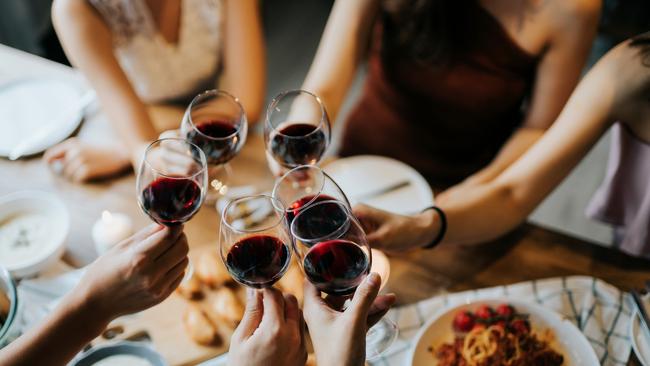
A recent public advisory from outgoing US Surgeon General Vivek Murthy that all alcohol should be stamped with labels warning of cancer risk was alarming to many drinkers. But it shouldn’t have been a surprise. The evidence that alcohol is a carcinogen has been established for decades. Yet such risk remains relatively unknown to many people, perhaps most.
The statistics are indeed sobering. Alcohol is said to contribute to 100,000 cancer cases and 20,000 cancer deaths each year in the US. In Australia, with a population about 14 times smaller, new cancer cases attributable to alcohol are estimated at about 6000 a year. The evidence is convincing for a link between alcohol consumption and seven types of cancer: breast cancer in women, colorectal cancer, esophageal cancer, and cancers of the liver, mouth, throat and voice box.
As concerning as that is, and while going sober appears to be a popular trend, given that almost one in eight people in Australia regularly partakes in a tipple the reality is that most of the population, despite cancer warnings, will continue to drink.
Alcohol-control public health bodies tell us there is no safe level of drinking. But those inclined to drink anyway are likely to find such advice unhelpful and unrealistic even if they believe it’s true.
So, let’s break down the US Surgeon General’s report and see what messages it may contain for those who enjoy a drink but also want to mitigate their cancer risk.
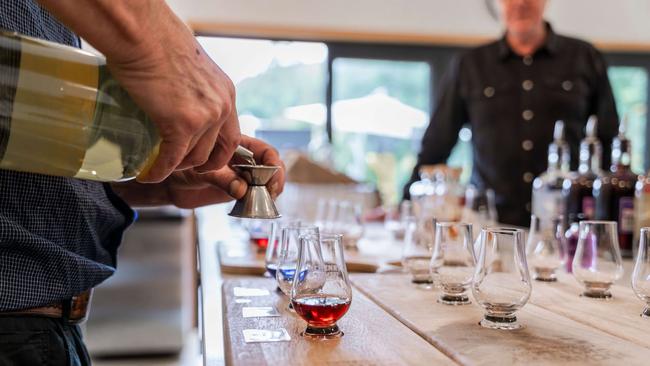
First, how exactly does drinking alcohol cause cancer?
Ethanol is the problem. That’s the type of pure alcohol contained in all alcohol-containing beverages. There are two main ways the body deals with ethanol that can predispose the body to the development of cancer.
1. The body breaks down alcohol into acetaldehyde.
Acetaldehyde is a metabolite that causes cancer by binding to our DNA and damaging it. When DNA is damaged, cells can start to multiply out of control and turn cancerous.
2. Oxidative stress.
Ethanol metabolism in the body results in the production of types of highly reactive chemicals called reactive oxygen species and reactive nitrogen species. This plunges the body into a state of inflammation and oxidative stress, which is an imbalance of free radicals and antioxidants that leads to cell damage and can make the body more vulnerable to the development of cancer.
Other mechanisms said to pose a link between alcohol and cancer are the alteration of hormone levels such as oestrogen, and the fact carcinogens from other sources, especially particles of tobacco smoke, can dissolve in alcohol and be absorbed more easily by the body, increasing, in particular, the risk of mouth and throat cancers.
How much does drinking actually raise your risk of cancer?
If those who choose to drink are doing so knowing that alcohol is associated with increased risk of cancer, it’s instructive to quantify just how significant the risk is and how much it increases depending on consumption, and perhaps even patterns of consumption.
The US Surgeon General puts the absolute risk of developing any alcohol-related cancer for men who have less than one drink a week at 10 per cent. For those who have one drink a day, it rises to 11.4 per cent, and to 13.1 per cent for those who have two drinks a day (14 drinks a week). That doesn’t sound like that much but it equates to an extra three men out of 100 who would develop cancer if they consumed two drinks a day.
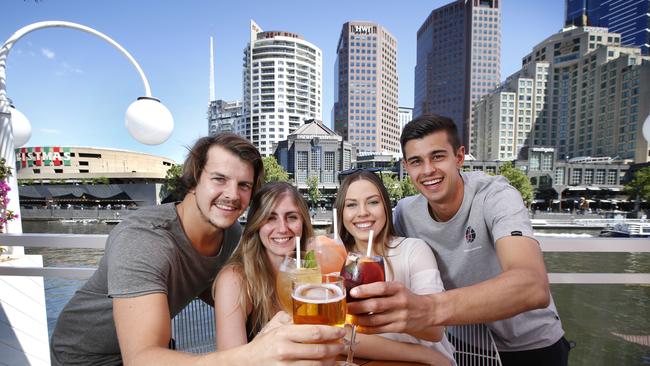
For women, the numbers are worse. The absolute risk of cancer at less than one drink a week is 16.5 per cent, rising to 19 per cent at one a drink a day and almost 22 per cent at two drinks a day. Five women out every 100 would develop cancer if they drank at the level of two drinks a day – which, concerningly, is the maximum recommended consumption a day under Australia’s guidelines set by the National Health and Medical Research Council (which says no more than 10 drinks a week should be consumed).
The higher risk for women from alcohol is owing largely to the strong association between alcohol consumption and breast cancer. The US Surgeon General cited one analysis that found a 10 per cent relative risk increase in breast cancer for women who consumed up to about one drink a day and a 32 per cent relative risk for those who consumed more than two drinks a day.
Does having rest days make a difference?
One major Australian study published in Nature examined whether those who concentrated their alcohol intake on one to three days of the week had a lower risk of cancer than those who drank on four to seven days. The only type of cancer that appeared to show a “marginally significant” finding of an independent effect of pattern of drinking on cancer risk was breast cancer. That finding supported other studies that had reported that binge drinking appeared to raise breast cancer risk.
Overall, rest days seem to be most important for tending to break a daily habit of alcohol consumption, rather than reducing cancer risk for most cancers.
Do you really need that second glass?
The take-home message, if you’re not prepared to not drink at all, is to drink less. It’s a no-brainer, clearly, but putting it another way: having two drinks a day may not seem like a lot but none of us wants to be among the three men in every 100, or the five women in every 100, who develops cancer as a result of having two drinks a day. When it’s broken down like that, it may give pause for thought when pouring that second glass of wine.


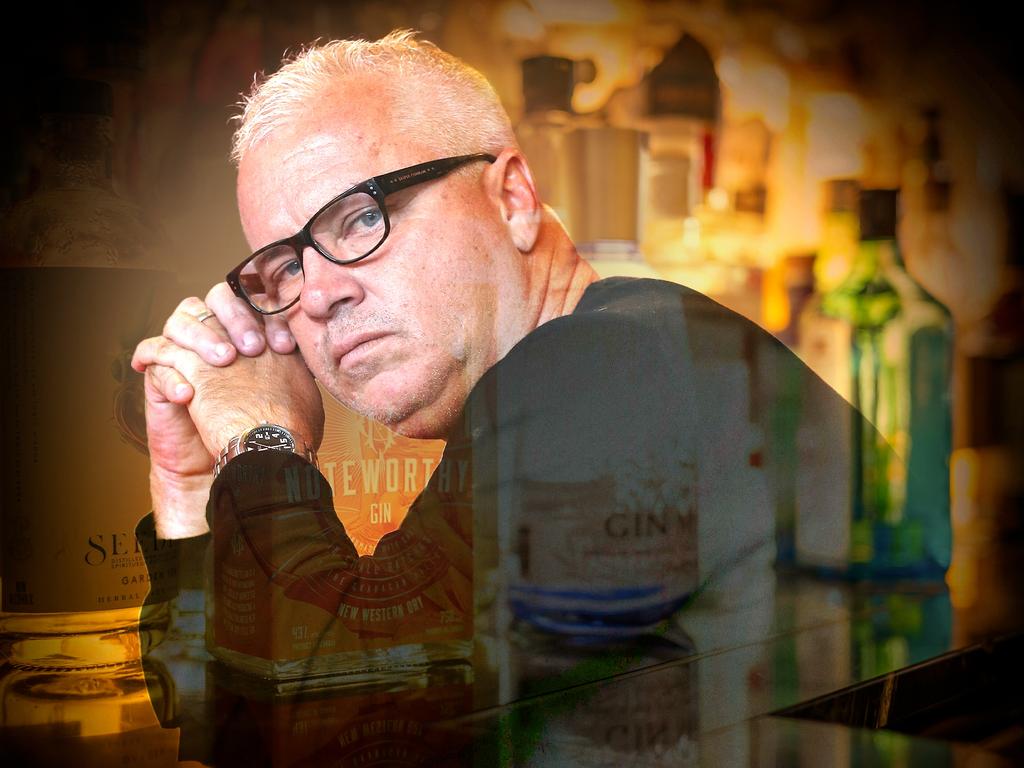
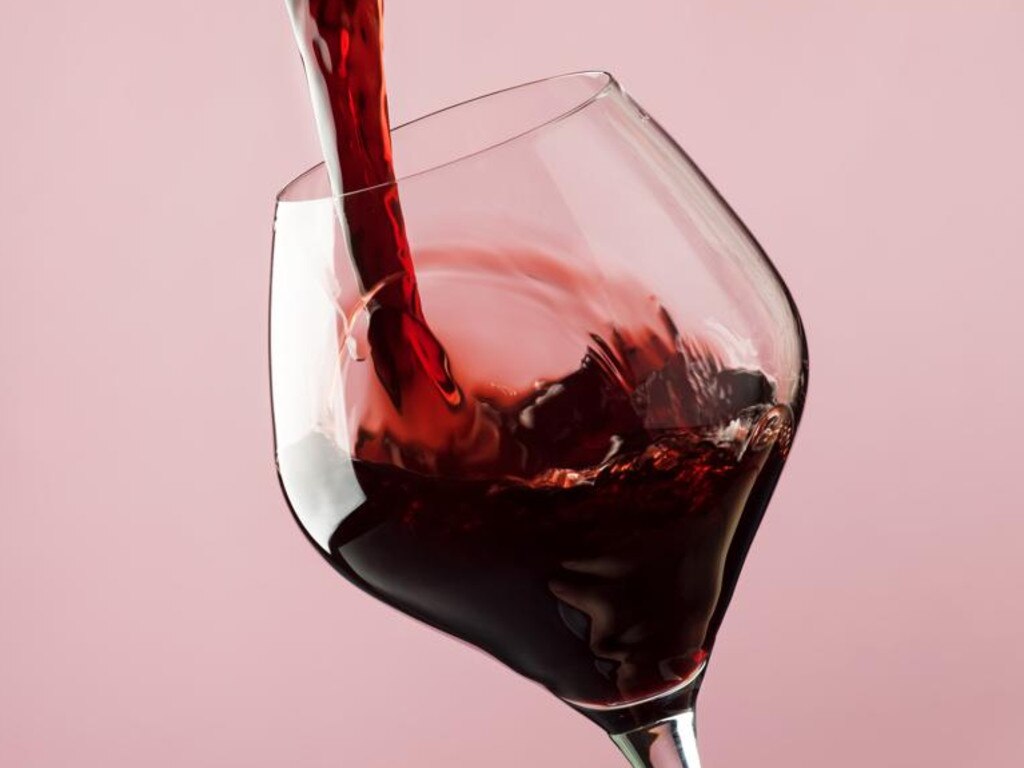
To join the conversation, please log in. Don't have an account? Register
Join the conversation, you are commenting as Logout